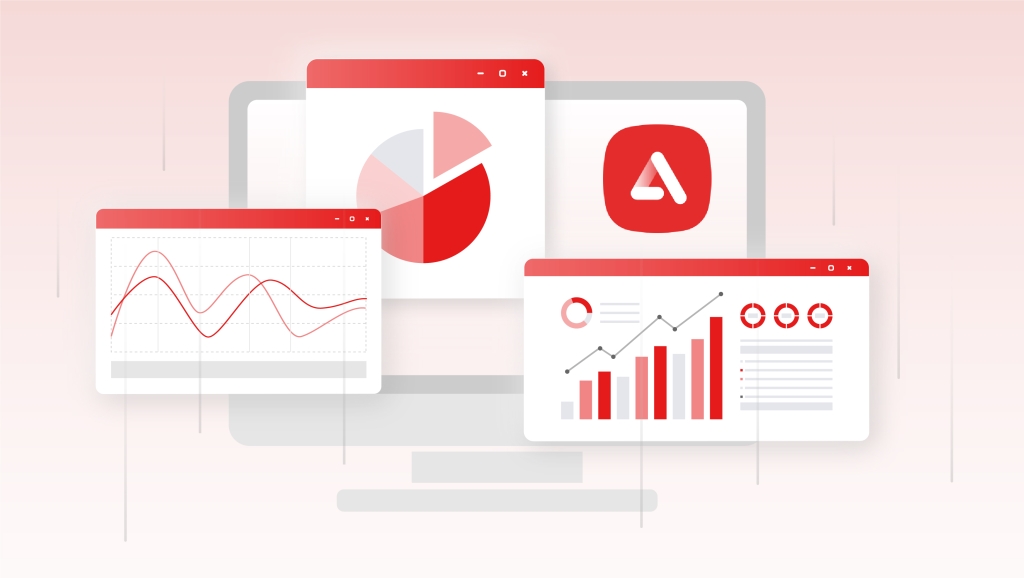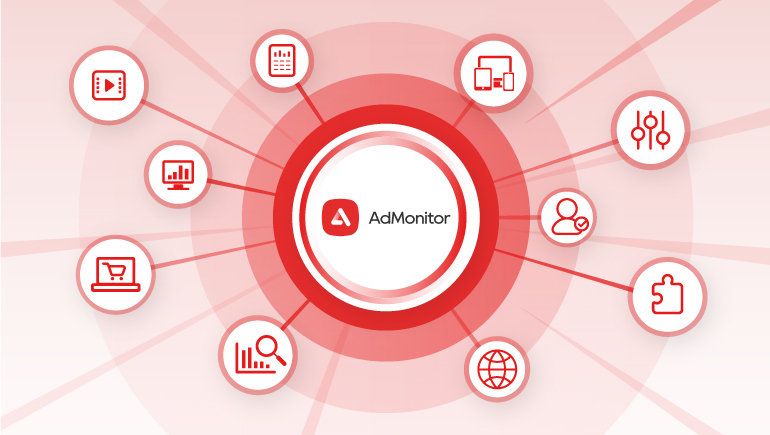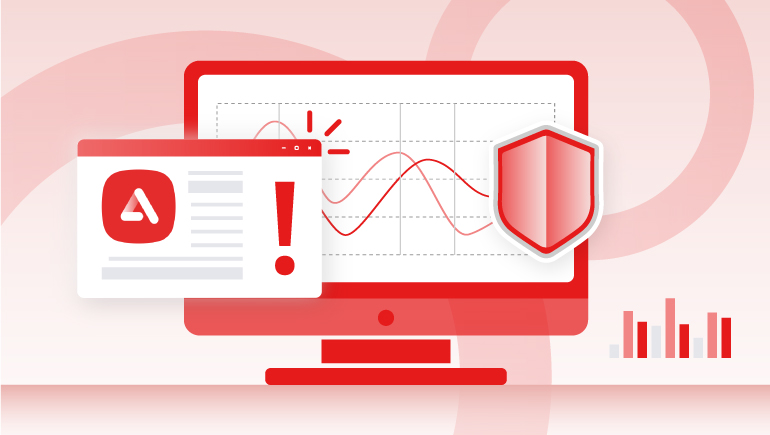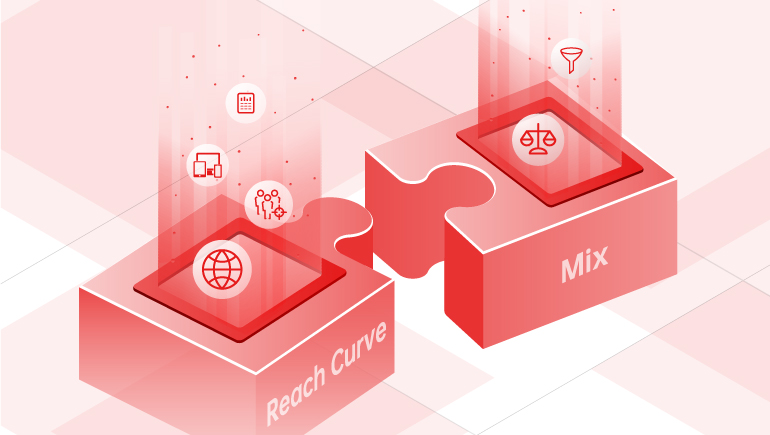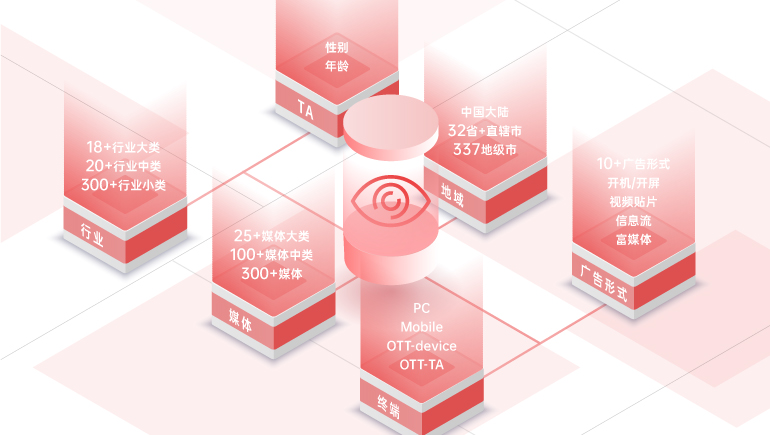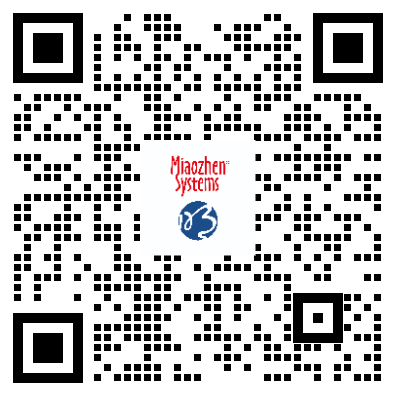- Product
 Product
Product
- AdmonitorDigital Advertising Monitoring and Verification
- Admonitor OOHOutdoor Advertising Monitoring & Measurement
- Admonitor Live TVLive TV Advertising Monitoring
- Miaozhen FenxiPrivate Domain User Behavior Monitoring
- MediaInsightMedia Trend & Efficiency Insights
- MixReachOnline & Offline Advertising Investment Optimization
- PlanExecutionOptimal Ad Scheduling Generation & Management
- Ad InfoCompetitor Media Strategy & Content Value Analysis
- Mingdata DMPThird-Party Advertising Tag Management System
- SocialXSocial & Public Opinion Monitoring
- Social GrowSocial Media Marketing Management Platform
- SEIShow Sponsorship Evaluation
- CDP & MACX-Driven Data Management Platform
- Admonitor
- Solutions
- About
- Product
 Product
Product
- AdmonitorDigital Advertising Monitoring and Verification
- Admonitor OOHOutdoor Advertising Monitoring & Measurement
- Admonitor Live TVLive TV Advertising Monitoring
- Miaozhen FenxiPrivate Domain User Behavior Monitoring
- MediaInsightMedia Trend & Efficiency Insights
- MixReachOnline & Offline Advertising Investment Optimization
- PlanExecutionOptimal Ad Scheduling Generation & Management
- Ad InfoCompetitor Media Strategy & Content Value Analysis
- Mingdata DMPThird-Party Advertising Tag Management System
- SocialXSocial & Public Opinion Monitoring
- Social GrowSocial Media Marketing Management Platform
- SEIShow Sponsorship Evaluation
- CDP & MACX-Driven Data Management Platform
- Admonitor
- Solutions
- About

 By Service
By Service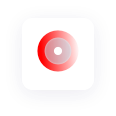 By Use Case
By Use Case Solutions
Solutions

